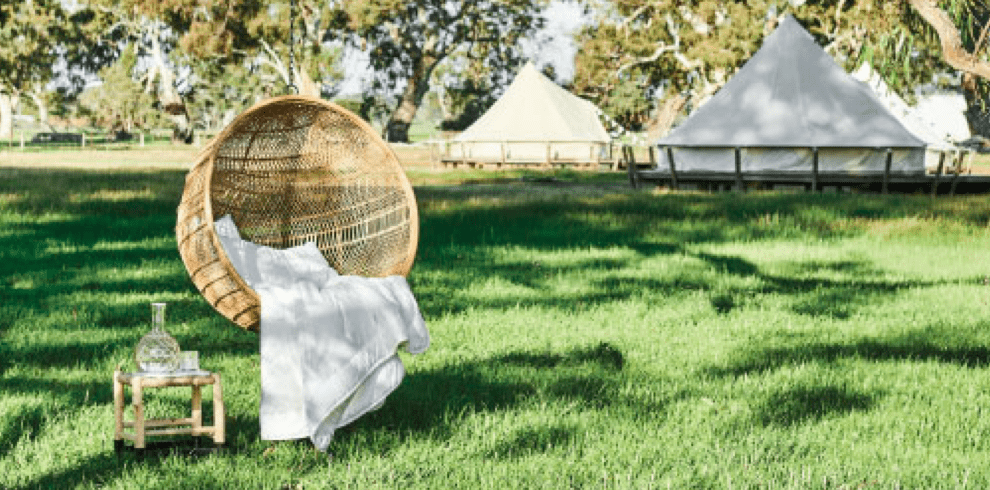MiniJumbuk believes that wool is truly nature's miracle fibre. All natural and environmentally friendly, wool offers a range of diverse and unique properties that have made it a popular choice for clothing and bedding for centuries.
That wool is antiallergenic or hypoallergenic is just one of those properties that have ensured its longevity and reputation over time, especially among allergy sufferers.
What does hypoallergenic mean?
According to the Collins English Dictionary, hypoallergenic is defined as 'not likely to cause an allergic reaction'. Similarly, antiallergenic is defined as 'not causing an allergic reaction'. The terms are commonly used to describe cosmetics and textiles, two well-known causes of adverse reaction, particularly for those with sensitive skin.
Is wool an allergen?
The cry, 'I'm allergic to wool 'has been regularly repeated over the years, often associated with a scratchy woollen jumper. A true allergic reaction may involve skin irritation or rash, red, itchy and puffy eyes and sneezing or a runny nose. For most, the sensation of a coarse, prickly fibre (not only wool) against the skin can be itchy and cause sensitivity, but it is not an allergy.

A recent study by the Woolmark Company concluded that 'wool is not an allergen, and if a fabric does cause any sensations of itch and prickle on the skin then it is because of the large diameter of the fibres and not due to the fibre type being wool.' Far from an allergen, wool has even been found to be beneficial for eczema and dermatitis sufferers.
Why is wool bedding the choice for allergy sufferers?
Choosing wool has a number of benefits for allergy sufferers, especially when it comes to bedding. Wool fibres are able to both absorb moisture and allow it to evaporate into the atmosphere. In our beds, this wicking ability of wool creates a dry environment that is unwelcoming to the dust mites, mould and bacteria that love to colonise the warm, humid conditions as we sleep.
These same fibres, with their waxy scales, are also able to trap and hold tiny dust particles as well as harmful VOC's (volatile organic compounds) so there are less allergy causing particles in the air. Fewer irritants to cause respiratory distress is great news, making MiniJumbuk hypoallergenic wool bedding a great choice for asthma and allergy sufferers.




